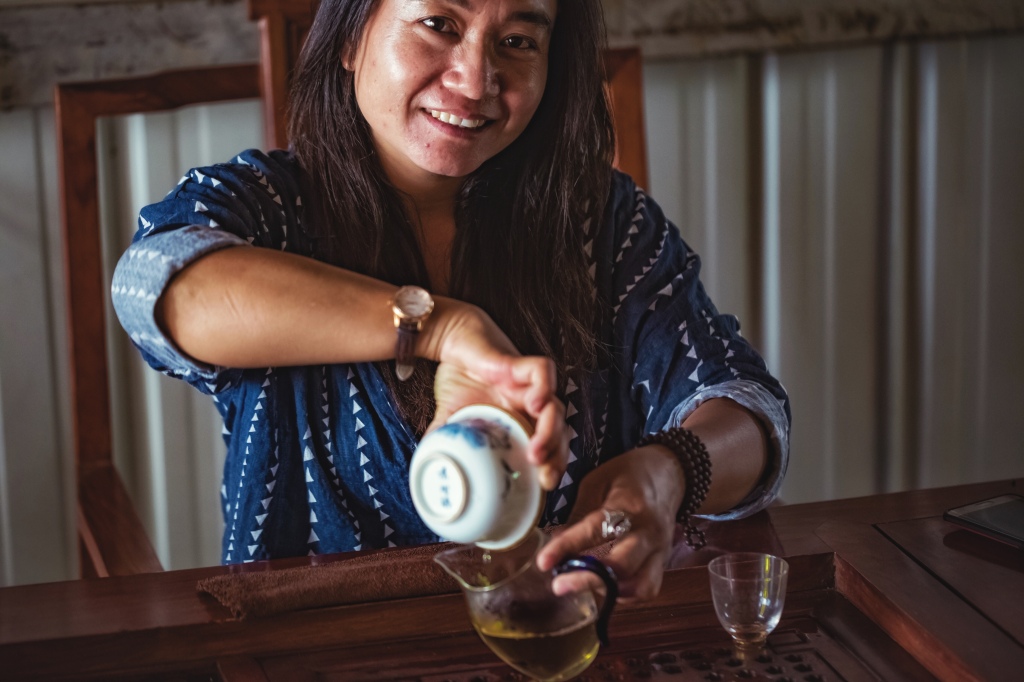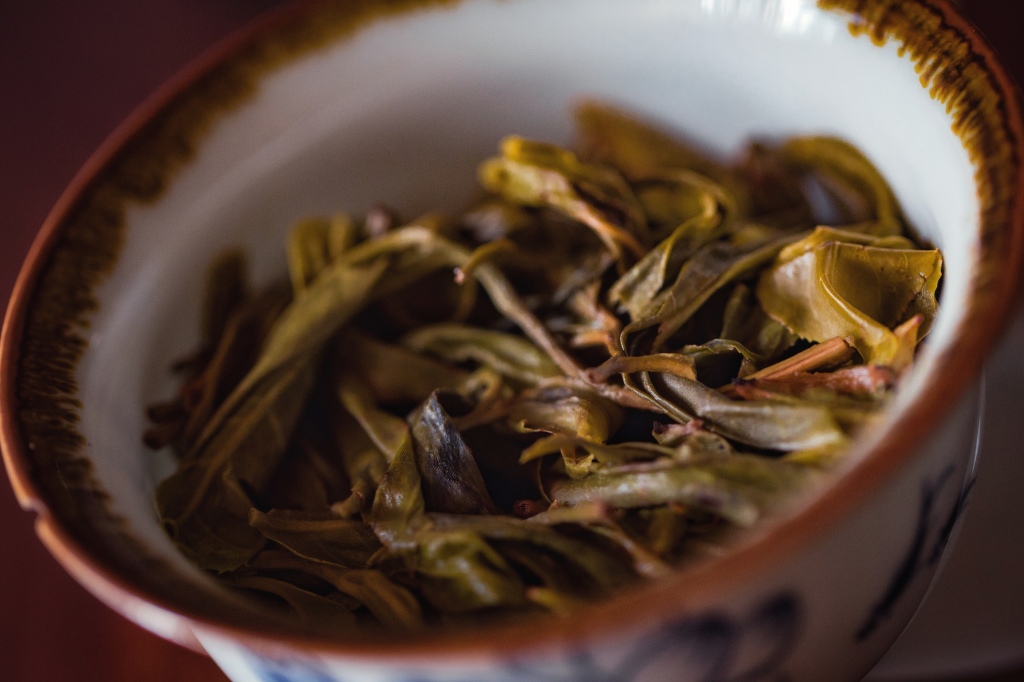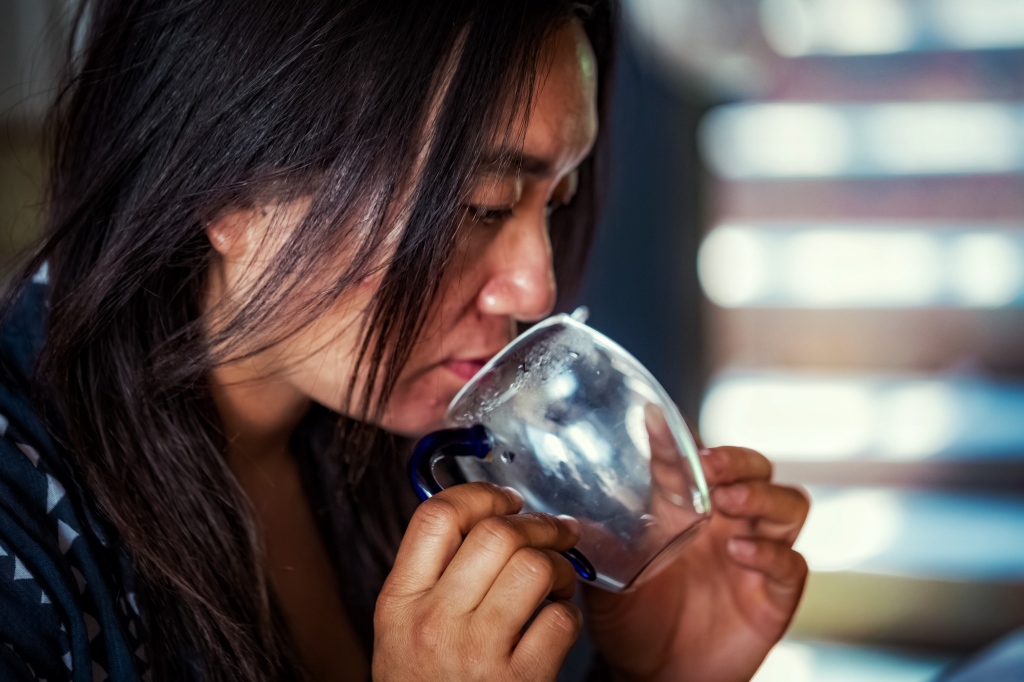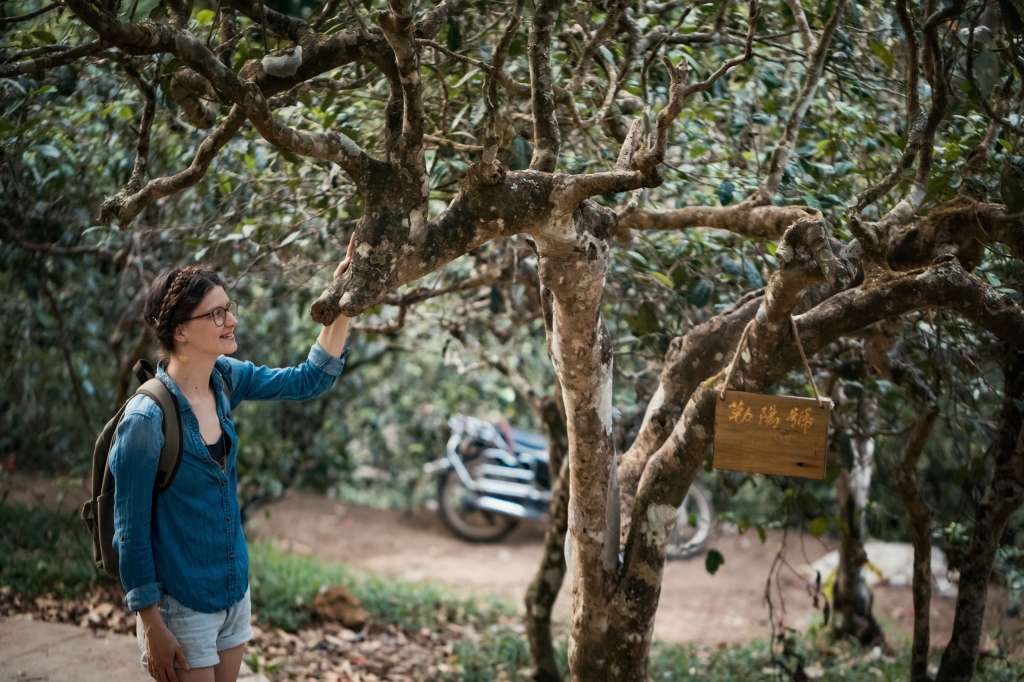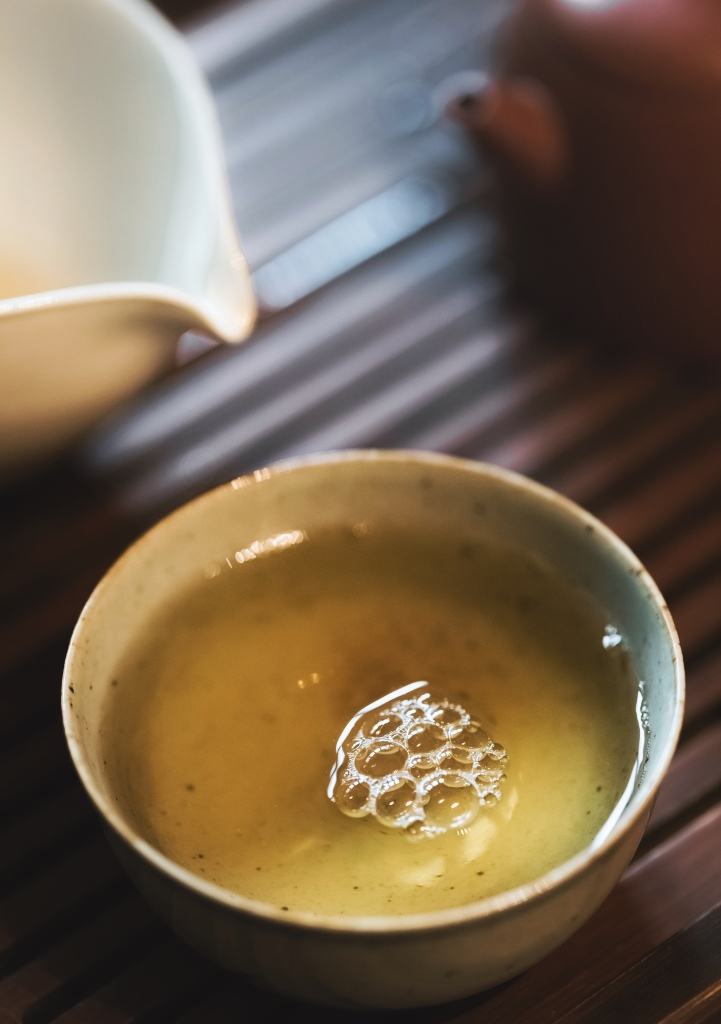
Growing Tea: Zairai Tea Seeds
by Miles Cramer
Growing Tea in WNC
For the last few years, I’ve been experimenting with growing Camellia Sinensis from seed. Ever since I visited a tea field for the first time in Thailand during the spring of 2013, I have fallen in love with the plant. This seemingly simple evergreen shrub has placed a spell on people for thousands of years and I now too am entranced.
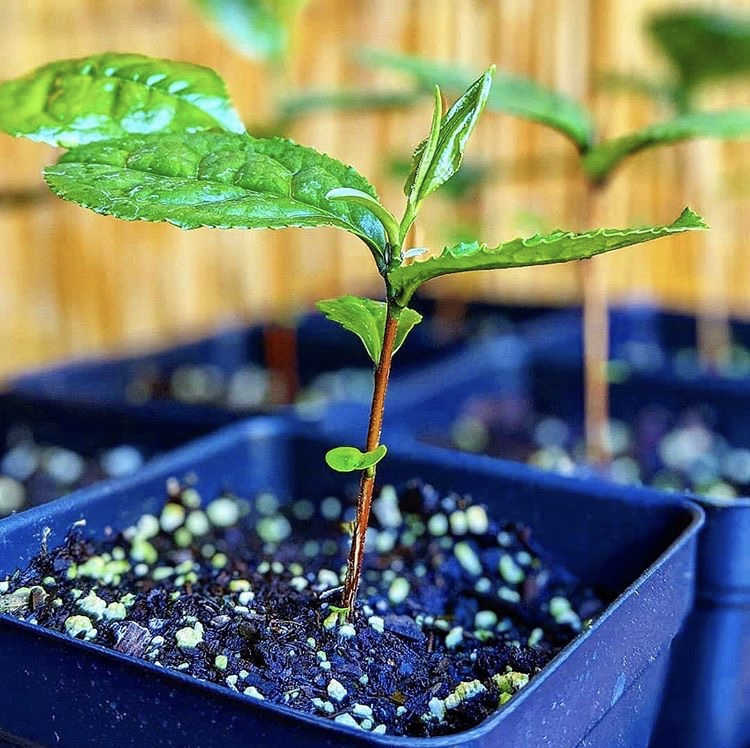
Camellia Sinensis is an under story plant from sub-tropical Southeast Asia. It generally likes warmer climates but as it has been exposed to new environments, it has adapted to be able to thrive in colder climates.
Western North Carolina can be a tough climate for growing Camellia Sinensis. Nine months of the year here are great, but our winters can get a little too cold.
I have been purchasing my seeds from Camellia Forest Nursery outside of Carrboro. This amazing nursery carries multiple varieties of Camellia Sinensis as well as a large collection of exotic plants. I have had great success with their seeds because their plants are cold hardy. The plants I get my seeds from have survived many winters. Now the test is to see if the plants can handle the slightly colder climate of Western North Carolina.
Zairai Tea Trees
Over the weekend I received an exciting package from Japan: 87 tea seeds from a 200+ year old Zairai tea tree in the Obuku Valley of Ujitawara, Japan. This valley is where tea seeds were first planted in the prestigious growing region of Uji.

Zairai trees are from old Japan, before the development of cultivars. They are often feral and increasingly rare. They are unpopular with farmers because their yield is lower and the timing of budding is uneven, making the common practice of machine harvesting more difficult. But as a lover of history, I am intrigued by the idea of growing tea from old Japan.
In the last 100 years, the Japanese have begun developing and using cultivars for their tea farming. This has allowed them to get higher and more uniform yields. Using cultivars is a common practice across the tea growing industry around the world. Research centers are developing new cultivars all the time to produce certain flavors in the tea and help the farmer’s productivity.
Though I am excited to carry on the lineage of these Zairai trees, the experiment will be to see if they can survive the WNC climate.

A Brief History of Tea in Japan
To better understand the significance of the Obuku Valley and where these Zairai trees came from, lets go back to when tea was first introduced to Japan in the 8th century.
In the 8th century, China was in the beginning of a cultural and artistic renaissance. The Japanese looked to the Chinese to inspire their own culture. In addition to adopting Chinese artistic aesthetics, they studied their spirituality. Japanese monks would travel across the East China Sea to study in the Buddhist temples of China. They would return to establish their own Japanese sects of Buddhism based off the teachings they learned in China.
The monks also returned carrying with them tea seeds. These seeds were planted in monasteries around Kyoto and were reserved for imperial and monastic rituals. As the Tang Dynasty began to fall in the mid 9th century, the Japanese lost interest in Chinese culture. Tea drinking, which was relatively unknown to begin with, fell into obscurity.
In the 12th century, ties between China and Japan redeveloped. In 1191, a monk named Myoan Eisai returned from his second trip to China and introduced the Japanese to Zen and powdered green tea. Eisai became a strong figure in promoting tea drinking in Japan. He felt passionately that tea drinking should be an integral part of the Japanese diet and wrote the Kissa Yojo-ki, a book on the health benefits of tea.
Eisai also returned with tea seeds. He plants them first at Senkoji Temple on Hirado Island and various other temples throughout Kyushu Island. He gifted tea seeds to the monk Myoe who planted them at Kozan-ji Temple in Toganoo outside of Kyoto. The popularity of tea takes off and tea from Toganoo is revered as the finest in Japan.

Tea plants from Toganoo are then brought 10km south of Kyoto to the mountains outside of a small town called Uji. These plants are planted in the Obuku Valley, marking the beginning of Uji Tea or Ujicha. Tea from Uji soon takes the place of Toganoo Tea as the finest in Japan and gains the honorary distinction of Honcha or true tea.
To this day, Ujicha is revered for its high quality teas. The tea growing regions of Shizuoka and Kagoshima are now the largest producing regions in Japan and far surpass the production of Uji. In my opinion though, the heart of Japanese tea is in Uji. I am claiming no fact to the current state of the Japanese tea industry. Simply, I am connecting to the romance of the history and honoring the heritage of Ujicha.
So, with these Zairai seeds I put in seed starters yesterday, I am excited to grow tea plants with a close connection to the seeds that came from Zhejiang Province across the East China Sea, and dream of the Obuku Valley 850 years ago.

Thank you for reading! I would love to hear about your experiments with growing tea in WNC. Post your them in the comments below. If you are interested in growing tea, Camellia Sinensis plants are available for purchase. Email asheville@dobratea.com for details.











